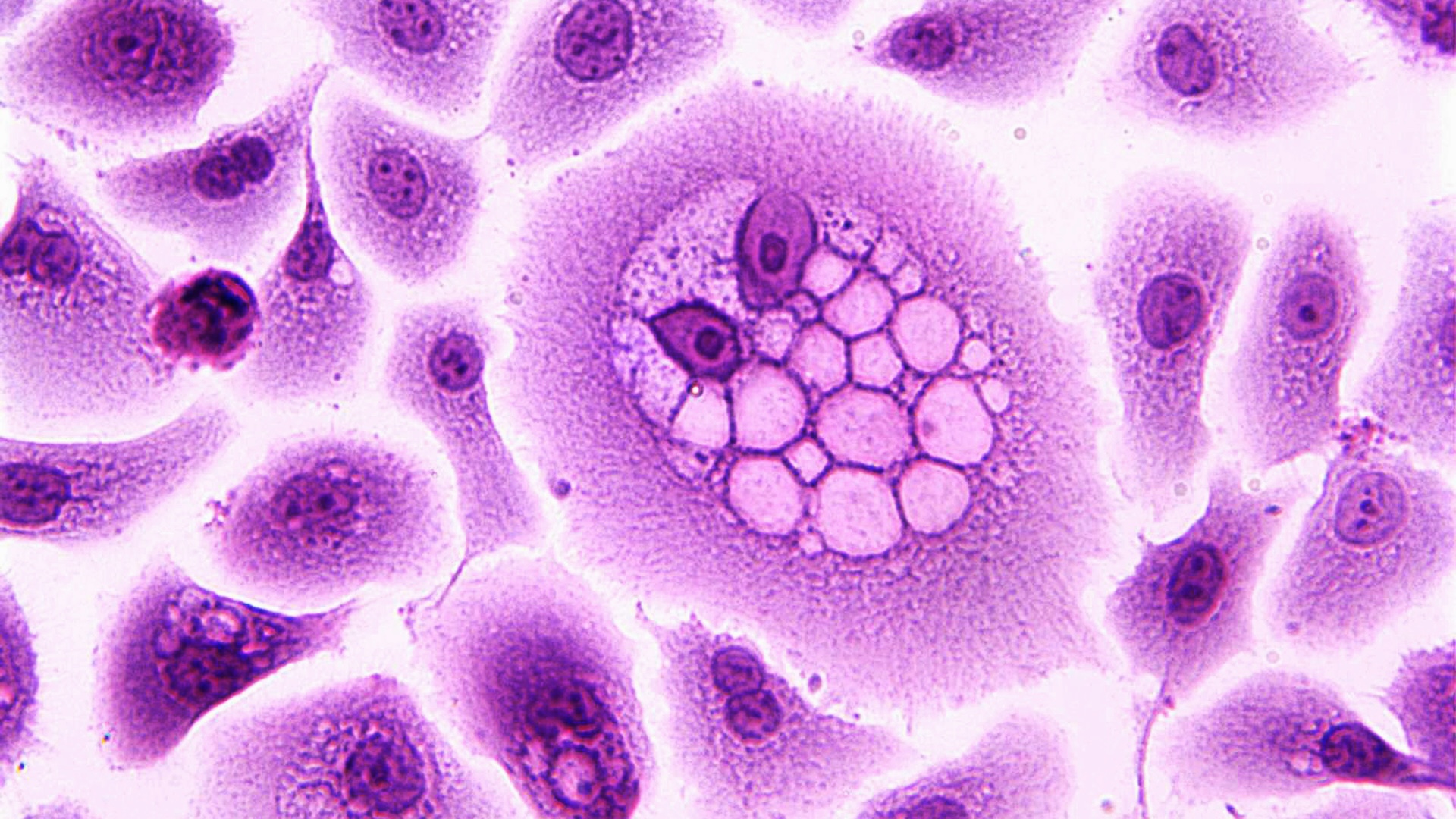JFB, Vol. 14, Pages 309: Analysis of the Effect of Thickness on the Performance of Polymeric Heart Valves
Journal of Functional Biomaterials doi: 10.3390/jfb14060309
Authors: Jingyuan Zhou Yijing Li Tao Li Xiaobao Tian Yan Xiong Yu Chen
Polymeric heart valves (PHVs) are a promising and more affordable alternative to mechanical heart valves (MHVs) and bioprosthetic heart valves (BHVs). Materials with good durability and biocompatibility used for PHVs have always been the research focus in the field of prosthetic heart valves for many years, and leaflet thickness is a major design parameter for PHVs. The study aims to discuss the relationship between material properties and valve thickness, provided that the basic functions of PHVs are qualified. The fluid−structure interaction (FSI) approach was employed to obtain a more reliable solution of the effective orifice area (EOA), regurgitant fraction (RF), and stress and strain distribution of the valves with different thicknesses under three materials: Carbothane PC−3585A, xSIBS and SIBS−CNTs. This study demonstrates that the smaller elastic modulus of Carbothane PC−3585A allowed for a thicker valve (>0.3 mm) to be produced, while for materials with an elastic modulus higher than that of xSIBS (2.8 MPa), a thickness less than 0.2 mm would be a good attempt to meet the RF standard. What is more, when the elastic modulus is higher than 23.9 MPa, the thickness of the PHV is recommended to be 0.l–0.15 mm. Reducing the RF is one of the directions of PHV optimization in the future. Reducing the thickness and improving other design parameters are reliable means to reduce the RF for materials with high and low elastic modulus, respectively.

 1 year ago
33
1 year ago
33

